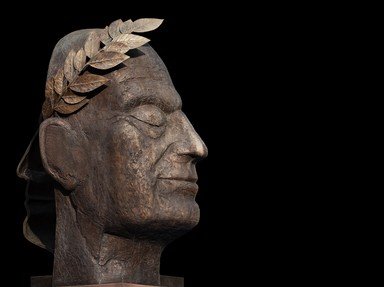Quiz Answer Key and Fun Facts
1. Sextus Varius Marcellus was Elagabalus' father. Who was his mother?
2. There was rumors, which his mother later publicly confirmed, that Elagabalus was the illegitimate child of which previous Roman emperor?
3. Before he was Roman emperor, Elagabalus was a high priest of Elagabal. What kind of god was this?
4. From 217-218 AD, Roman Emperor Macrinus came to power. How did he deal with Elagabalus and his family?
5. Who was the Roman prefect who fought in support of Macrinus against Elagabalus, and ended up being decapitated? His severed head was presented to Macrinus.
6. Elagabalus and his army defeated Macrinus and Diadumenian and their army during the Battle of Antioch in 218 AD. Where was Macrinus executed after this?
7. Which of these is an accusation that Cassius Dio made against Elagabalus in his writings?
8. Elagabalus upset Roman society by introducing them to different religious customs, and making alterations to their faith. Which of these is NOT one of them?
9. Elagabalus was the first Roman emperor to allow which of these into meetings with the Roman Senate?
10. Who was Elagabalus' first wife?
11. Who was the Vestal Virgin who became Elagabalus' second (and later fourth) wife?
12. Who was Elagabalus' third wife?
13. Who was Elagabalus' aunt who worked with his grandmother, Julia Maesa, in order to bring his cousin, Severus Alexander, to the Roman throne?
14. Who would assassinate Elagabalus in 222 AD?
15. Where was Elagabalus buried?
Source: Author
LuH77
This quiz was reviewed by FunTrivia editor
ponycargirl before going online.
Any errors found in FunTrivia content are routinely corrected through our feedback system.
